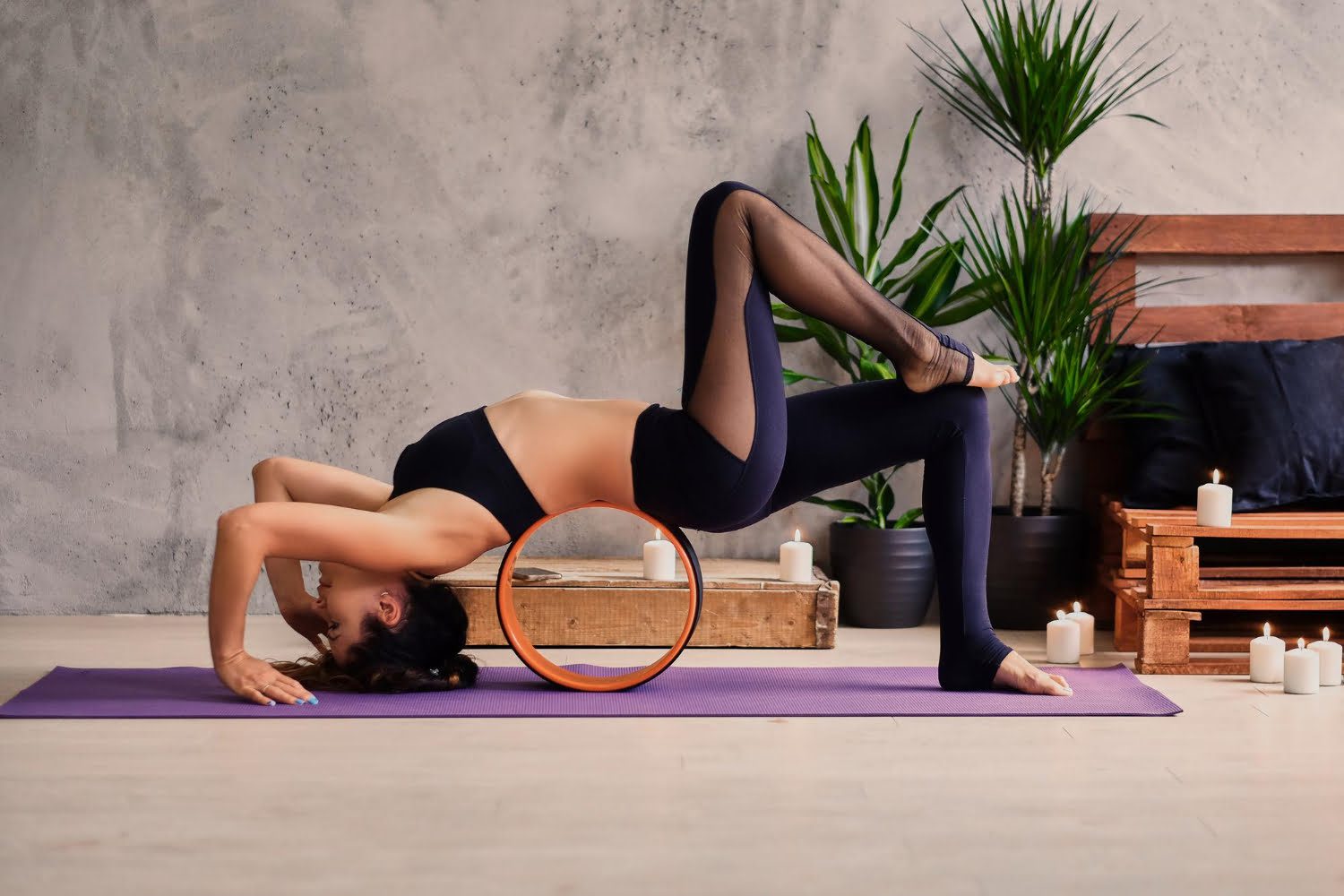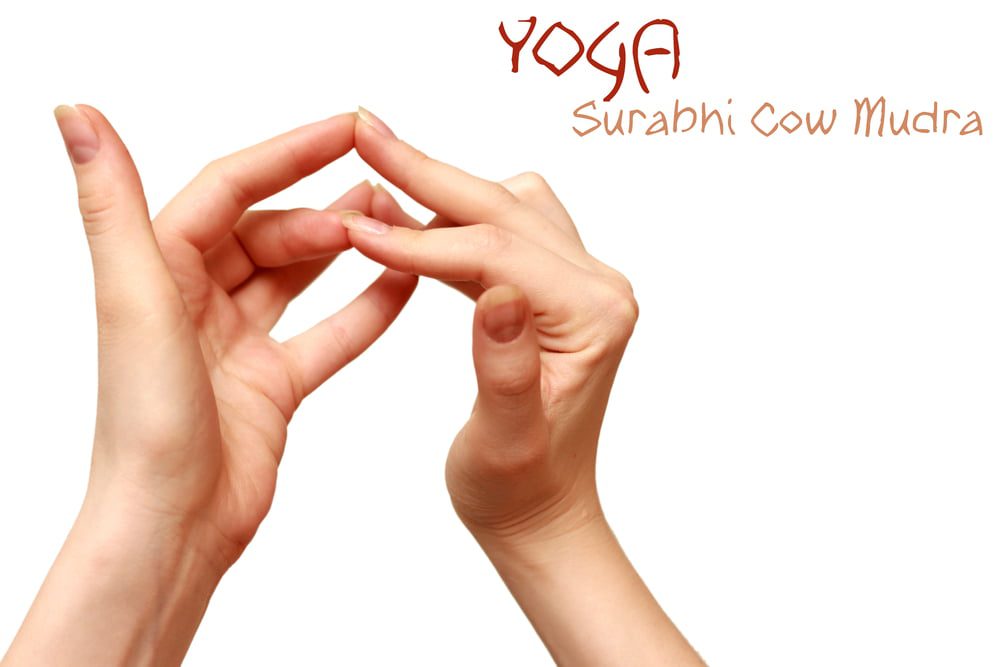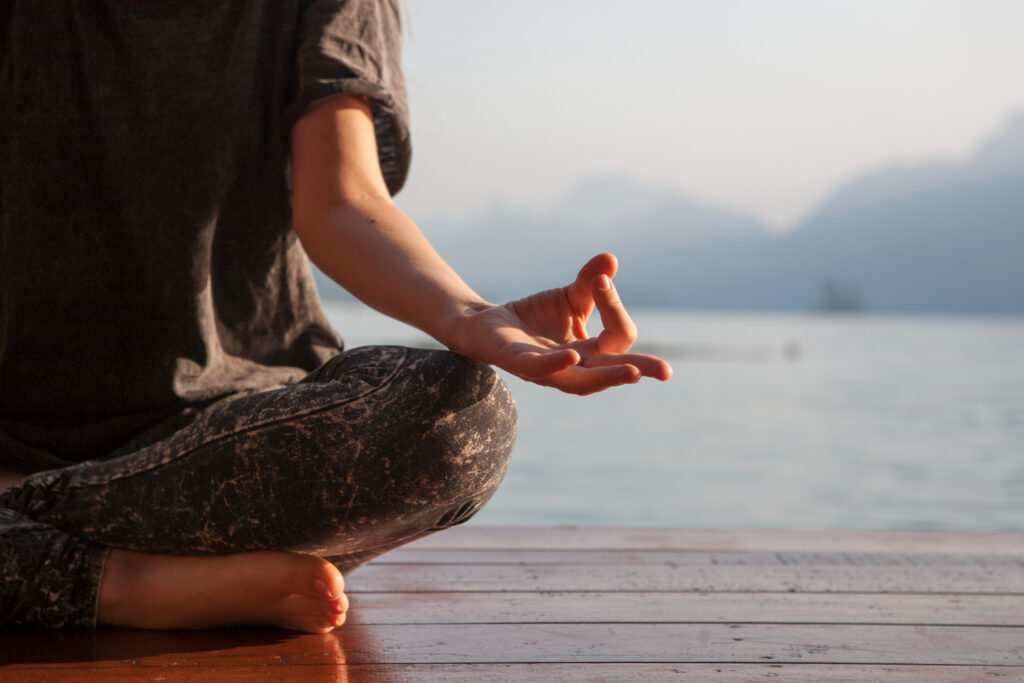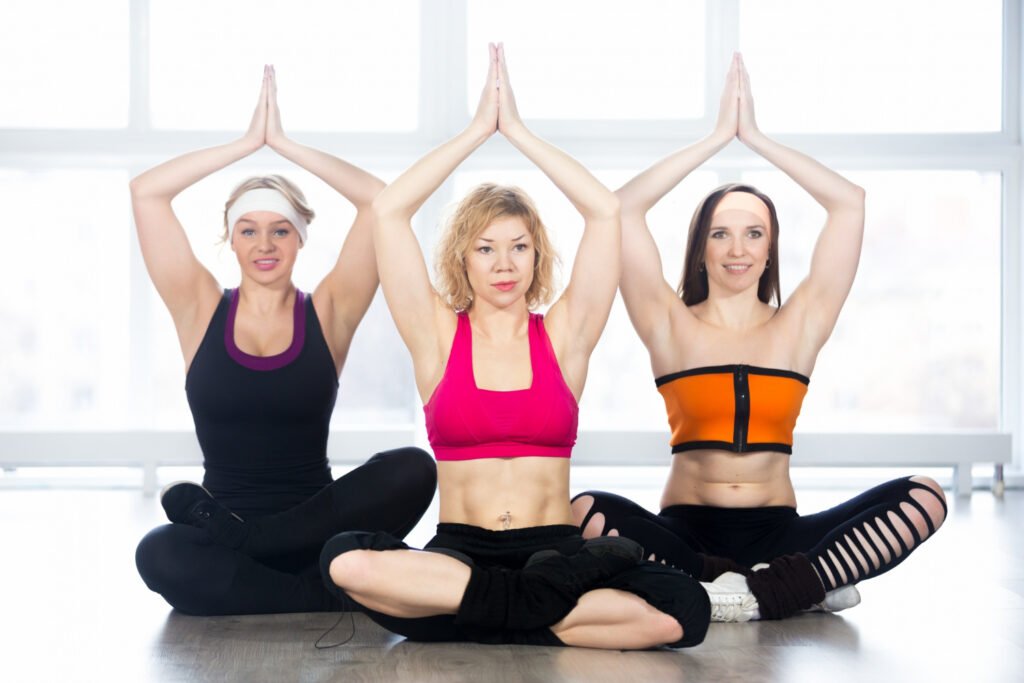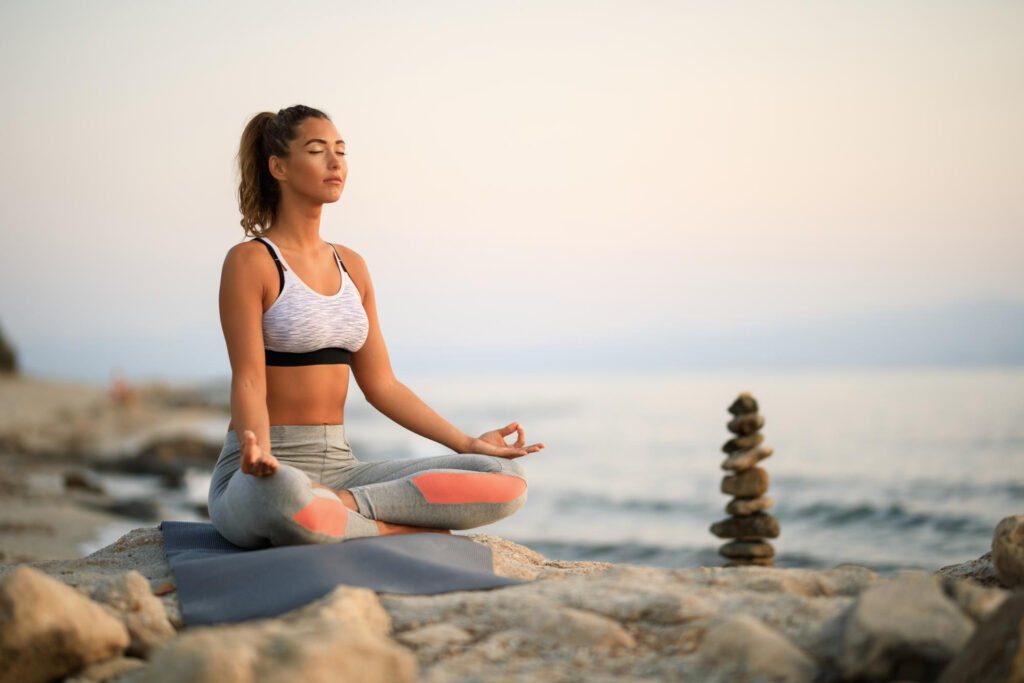Yoga being a profound philosophy, which has been practiced for thousands of years , it is necessary to be able to differentiate it from other disciplines that draw from it, being equally healthy and magnificent. As with the Pilates method.
Many people still confuse the disciplines of yoga and Pilates since they share many similarities, one of the most relevant is that when Joseph Pilates developed his method, a branch of his inspiration was yoga. So it is normal that you tend to get confused.
As athletes, it is necessary that we know these two practices well, since both offer knowledge and skills about our body-mind that, when training or competing, will be key to performance and effectiveness.
Let’s start with the aspects that unite these two disciplines.
Similarity Between Yoga and Pilates.
1st- Concept.
Yoga means “ union” in Sanskrit, and refers to the union between body, mind and spirit. In the same way, Joseph Pilates named his method “ Contrology” (Chronology): complete coordination of mind, body and spirit.
2nd- Comprehensive Look.
Both focus and train all the physical (strength, coordination, balance) and mental (concentration, observation, patience) capacities of the human being, being able to undertake (depending on the degree of commitment and interest of the practitioner) a profound path of self-knowledge.
3rd- Development.
Yoga and Pilates are low-impact practices and can be done anywhere, the only thing necessary to practice is a mat, in the case of Pilates it should be a little thicker for exercises that involve rolling on the spine; The yoga one should preferably be non-slip to achieve the grounding required in most of the standing asana (posture) sequence.
Differences Between Yoga and Pilates.
1. Origin.
Yoga is an ancient discipline from India and Pilates is a training system created by Joseph Pilates at the beginning of the 20th century , who was based on yoga and other disciplines, such as martial arts or bodybuilding, to develop his method.
2. Breath.
In both it is a fundamental principle , but in yoga abdominal breathing is practiced and it is a guide for the mind when focusing on each posture, having a more relaxing effect. In addition, it is key to the control of vital energy (Pranayama). In Pilates breathing is thoracic and the activation of the core or powerhouse takes center stage.
3. Objectives.
Although in both practices postural correction, muscle elongation and physical and mental well-being are achieved, in pilates the sequence of exercises is oriented towards a deep connection with the center of the body from which movement emerges (powerhouse) , favoring a state of attention comprehensive.
In yoga, the sequence of postures are the bridge to access higher states of consciousness and self-knowledge. It is not so important to have the perfect posture, but rather to “feel” that posture at that moment and observe what happens, how the mind reacts to the physical limits that it may encounter along the way, how the body responds to pain. or a nuisance…
4. Dynamics of Practice.
In yoga the postures are built from the ends (hands, arms, feet and legs) towards the center. In Pilates , from the center (powerhouse: abdomen, glutes and thighs) to the ends.
5. Focus.
The practice of yoga encompasses the spiritual component of the person through physical postures, it is a way of life, a philosophy.
In Pilates , the mental component is taken as consciousness in the body , as its principles remind us: breathing, control, center, precision, concentration and fluidity .
Which One Do We Choose? Which Discipline is Better?
The good news is that they are compatible!
We can practice both and achieve a more complete and comprehensive knowledge of our body.
Try, practice and decide for yourself what you feel most comfortable with, what you connect with best. Only you can know.
Bottom Line.
Both yoga and Pilates are excellent forms of exercise that offer numerous physical and mental benefits. Whether you prefer the meditative and spiritual aspects of yoga or the focus on core strength and stability in Pilates, incorporating either practice into your fitness routine can improve flexibility, strength, and overall well-being. Ultimately, the choice between yoga and Pilates comes down to personal preference and fitness goals, but both can be effective tools for achieving a healthier and more balanced lifestyle.
How we reviewed this article:
Our team of experts is always monitoring the health and wellness field, ensuring that our articles are updated promptly as new information emerges. See Our Editorial Process
May 13, 2025
Written By: Sarah Waskevich
Reviewed By: Katy Insley
Written By: Sarah Waskevich
Reviewed By: Katy Insley

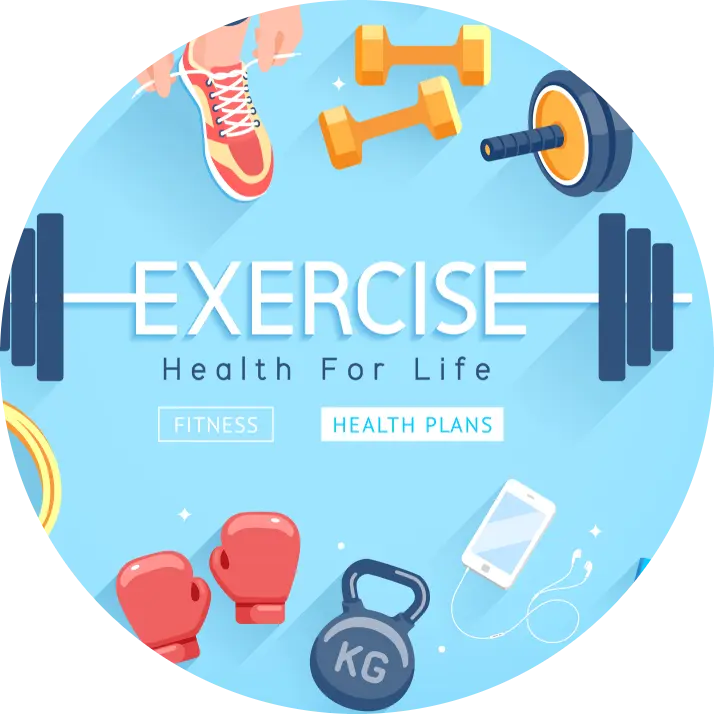 Workout
Workout
 Meditation
Meditation





 Contact Us
Contact Us

